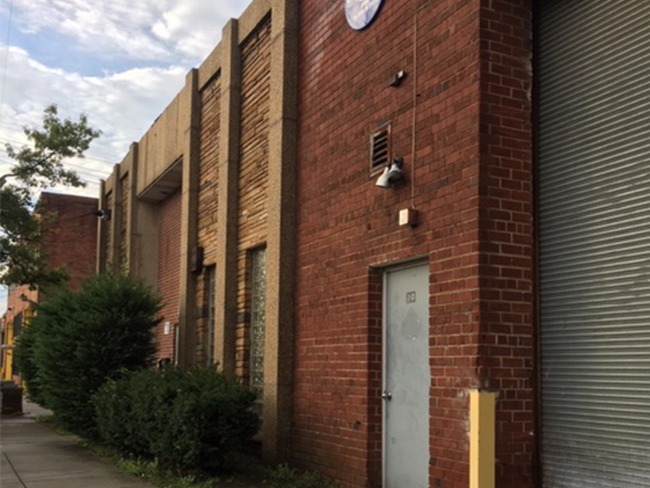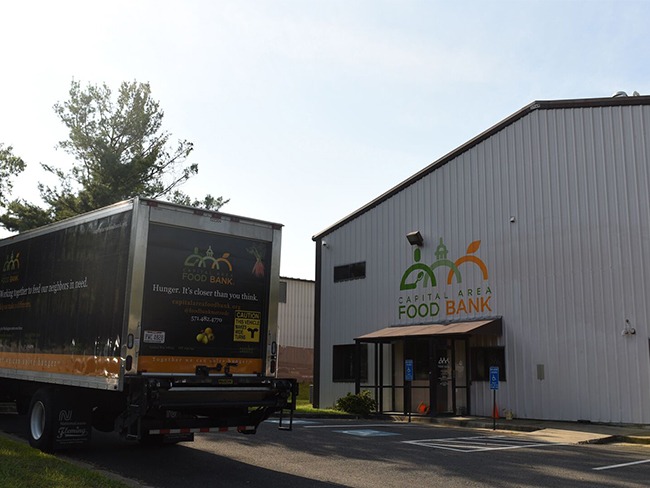From humble beginnings in a modest warehouse to serving more than 64 million meals, read on to learn more about the CAFB’s 45 year journey of partnership, growth, and service to the Washington, DC metro region.
1980
A group of interfaith leaders open the doors of the Capital Area Food Bank on January 15th, Dr. Martin Luther King Jr’s birthday, in honor of his social justice ideals and in response to increased hunger in their communities.
1981
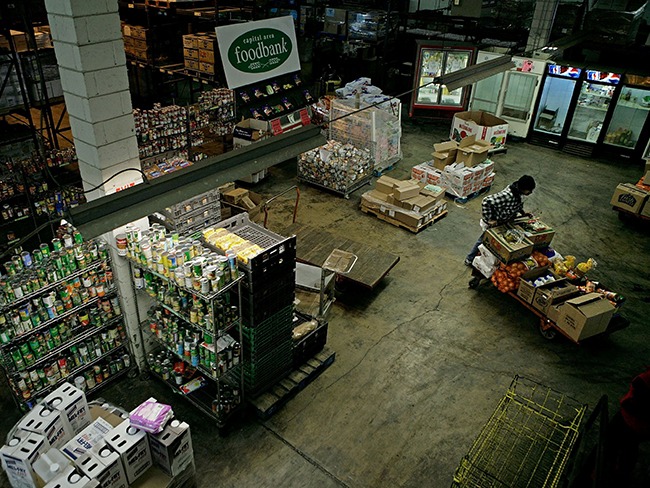
In its first year, the food bank distributes more than 1,020,000 pounds of food to those in need thanks to its distribution network of 144 nonprofit partners.
1991
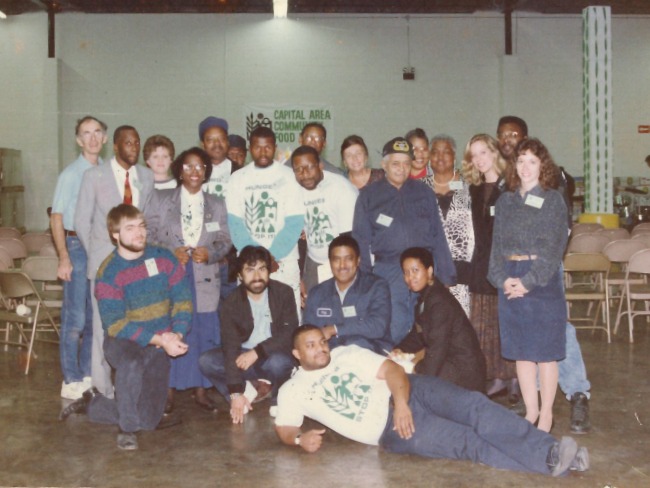
A significant increase in the volume of food collected and distributed across the region is made possible through the food bank’s move to a 48,000 square-foot warehouse.
1992
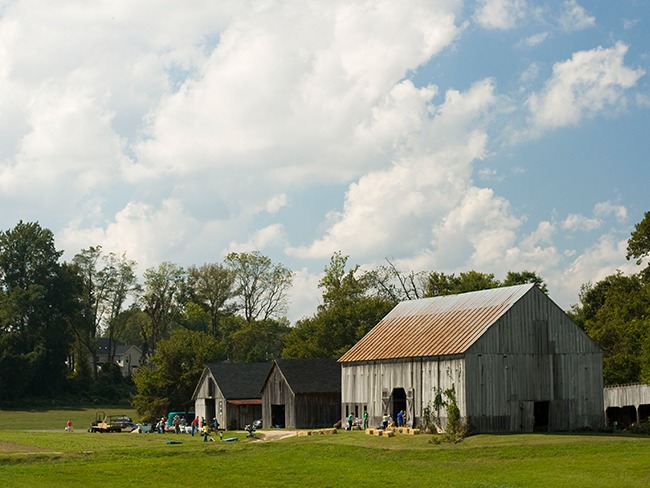
In partnership with the Chesapeake Bay Foundation, the CAFB begins to grow fresh produce at Clagett Farm in Maryland – one of several partnerships ensuring that those facing hunger get the nutritious food they need for their health and wellness.
1996
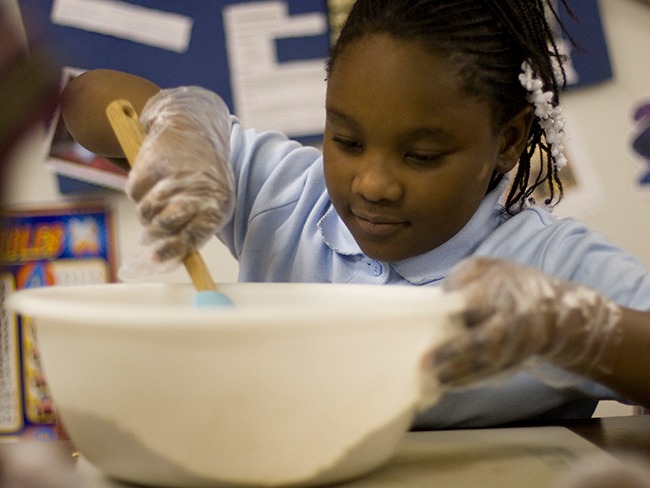
Recognizing that food insecure children are more likely to experience stomach aches, headaches, colds, and other health problems due in part to lack of good, nutritious food, the food bank expands its child hunger activities and nutrition education work.
1998
To better serve its network of partners and clients in Northern Virginia, the CAFB opens its satellite facility in Lorton, VA – making it easier than ever to serve neighborhoods across the region.
2010
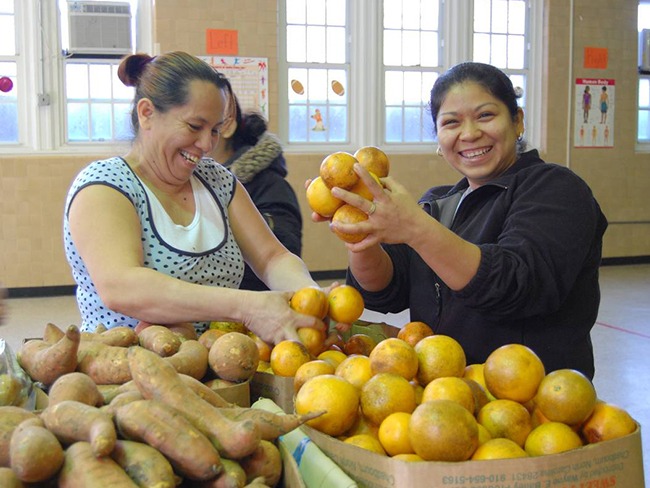
In its 30th year, the CAFB distributes 15 million pounds of fresh produce in one year for the first time!
2012
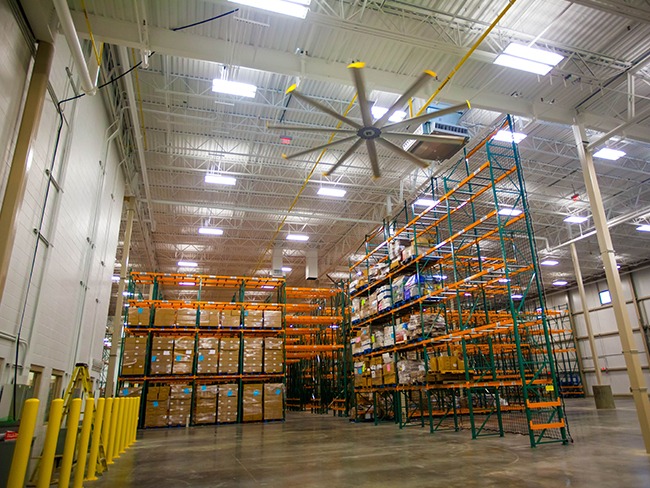
The CAFB’s move to its new home at the Bedford Falls Foundation Distribution Center in Northeast DC dramatically increases its distribution of good food and allows for expansion of its education spaces.
2013
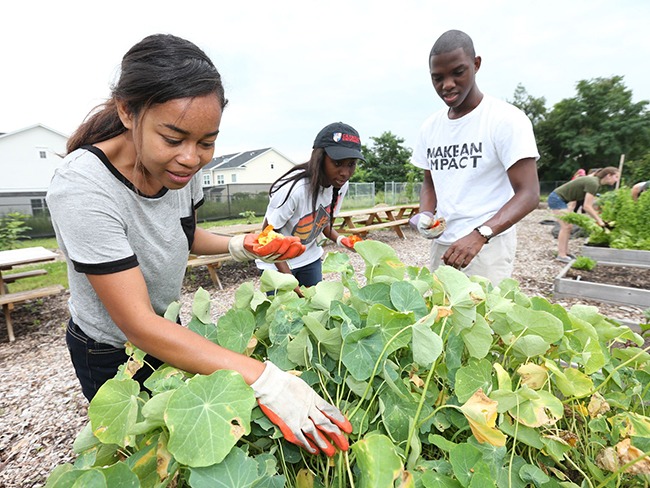
The food bank’s 8,000 square foot Urban Demonstration Garden finishes its first season. From planting to nurturing to harvesting, the half-acre garden offers an outdoor “learning laboratory” where community members can learn how to grow good, nutritious food with just a small piece of land, or even a container on a windowsill.
2015
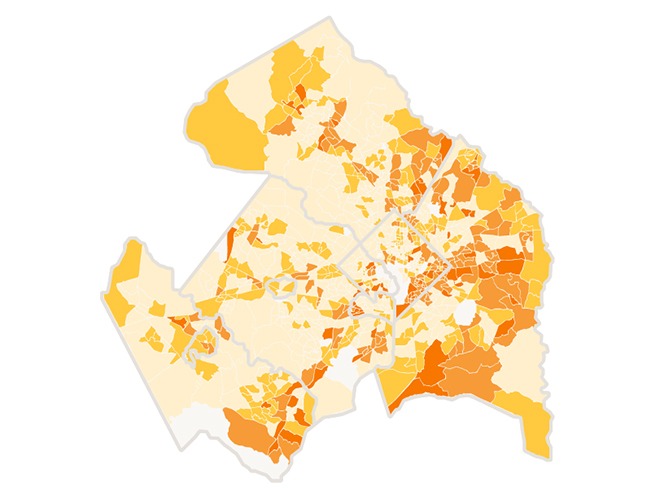
Two new technologies roll out: the Food Bank Network – an online tool that lets people locate food and other services in their zip code – and the Hunger Heat Map, which uses data to reveal the breadth of the food insecurity problem across the region.
2016
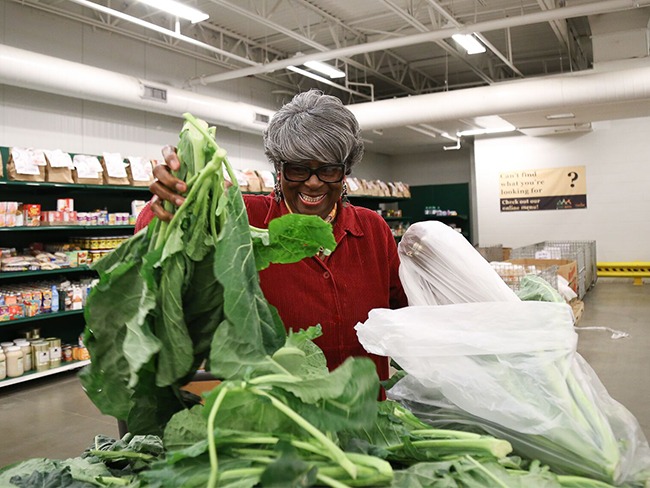
To better support the health of its clients, many of whom have high blood pressure and diabetes, the food bank puts a new food acceptance policy in place to focus on the quality and nutrition of the food taken in and distributed. With the help of retail partners, junk food donations drop by 84% in one year.
2019
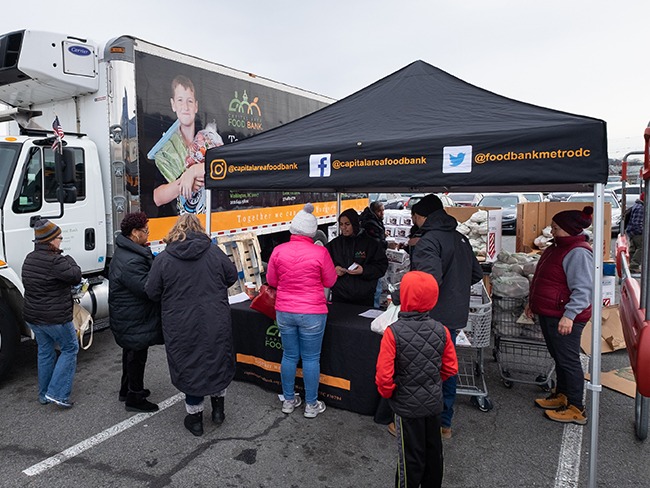
During an unprecedented government shutdown, the food bank springs into action to help affected workers across the region with the help of its supportive community, including many generous funders and dedicated volunteers.
2020
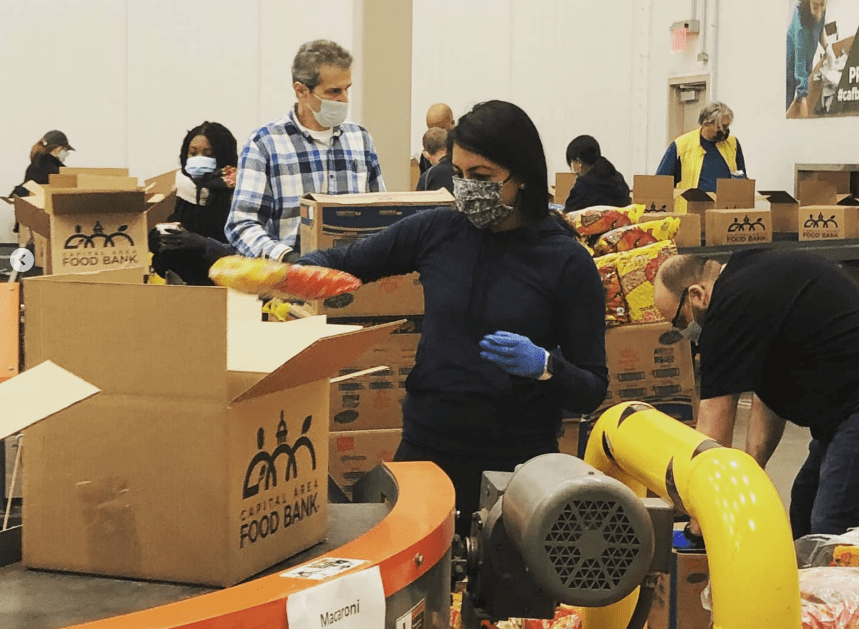
When COVID-19 hit the region and need spiked, the food bank quickly responded by scaling up its operations dramatically. At the height of the pandemic, CAFB distributed the food for 76 million meals in a single year – a 250% increase over pre-pandemic levels. Volunteers assisted by packing hundreds of thousands of emergency food boxes, allowing our neighbors to pick up nutritious food through safe, contactless distributions.
2020
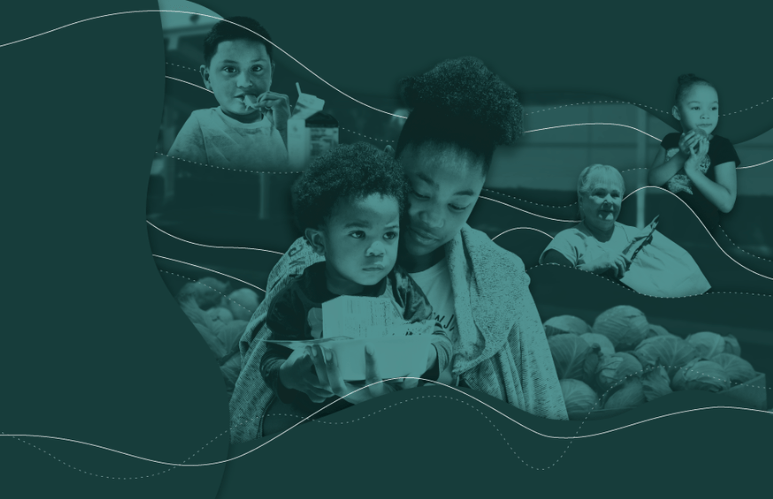
The first annual Hunger Report is released by the Food Bank. As the only the only data driven study on food insecurity across the Greater Washington Region, the yearly report provides critical insights into the numbers of food insecure individuals and households. This research allows a better understanding of the challenges our community faces and how to address them.
2021
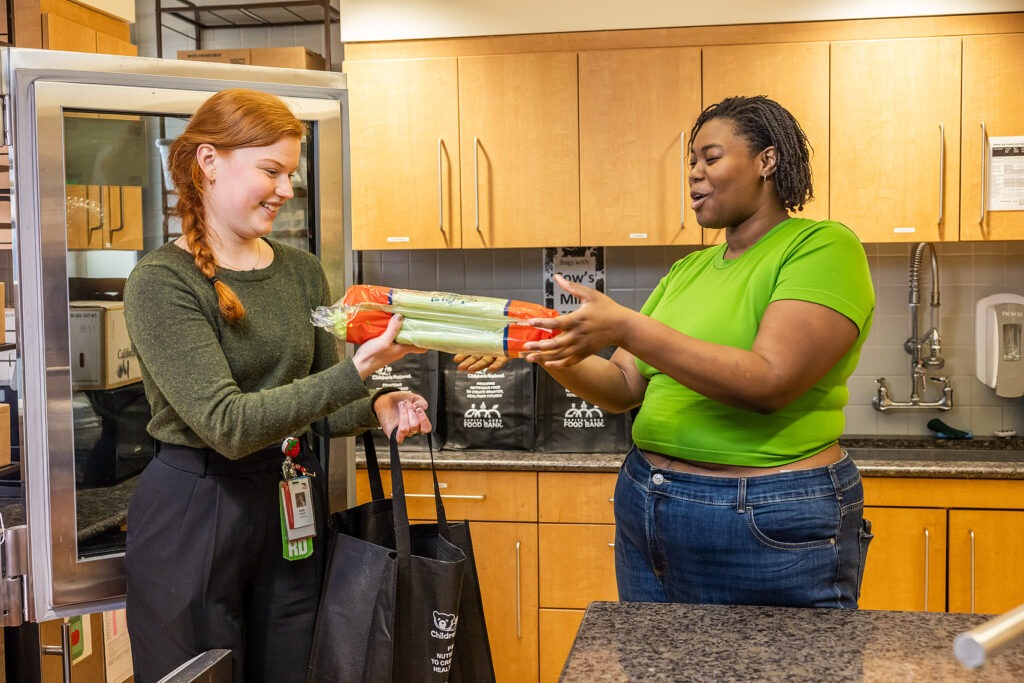
Knowing that good food is essential to good health, the Food Bank opens its first food pharmacy in partnership with Children’s National Hospital. This initiative, part of the broader Food+Health program expanded to partnerships with more healthcare providers across the region.
2024
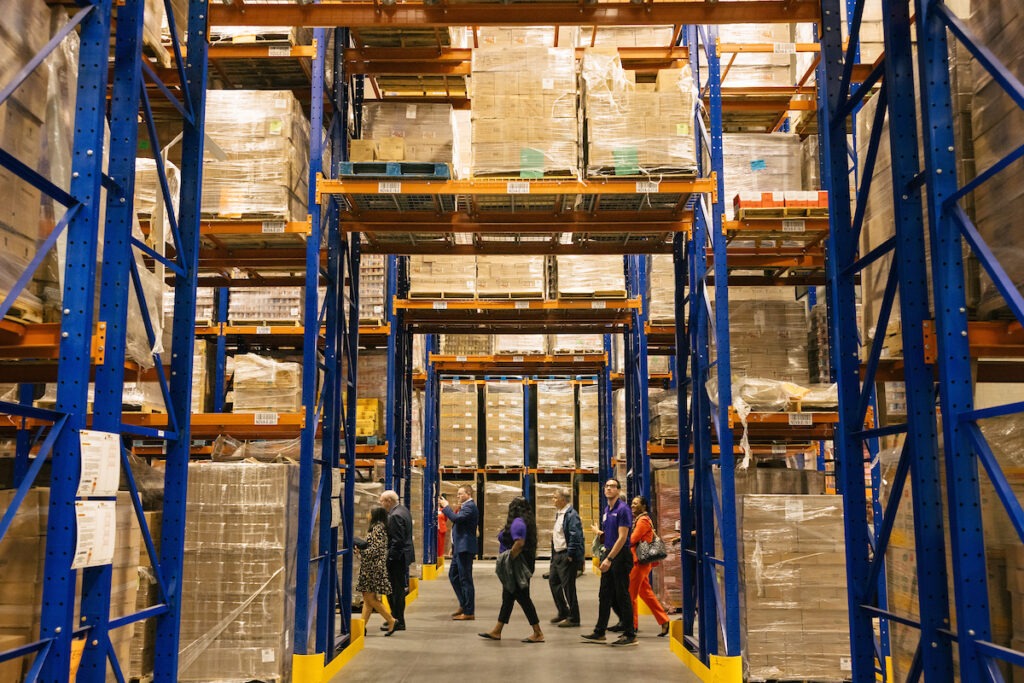
After outgrowing the food bank’s original Northern Virginia office and warehouse, the food bank unveils its new facility which creates new opportunities to serve the region with greater efficiency. The new building offers increased storage space, and for the first time, volunteer opportunities.
2025
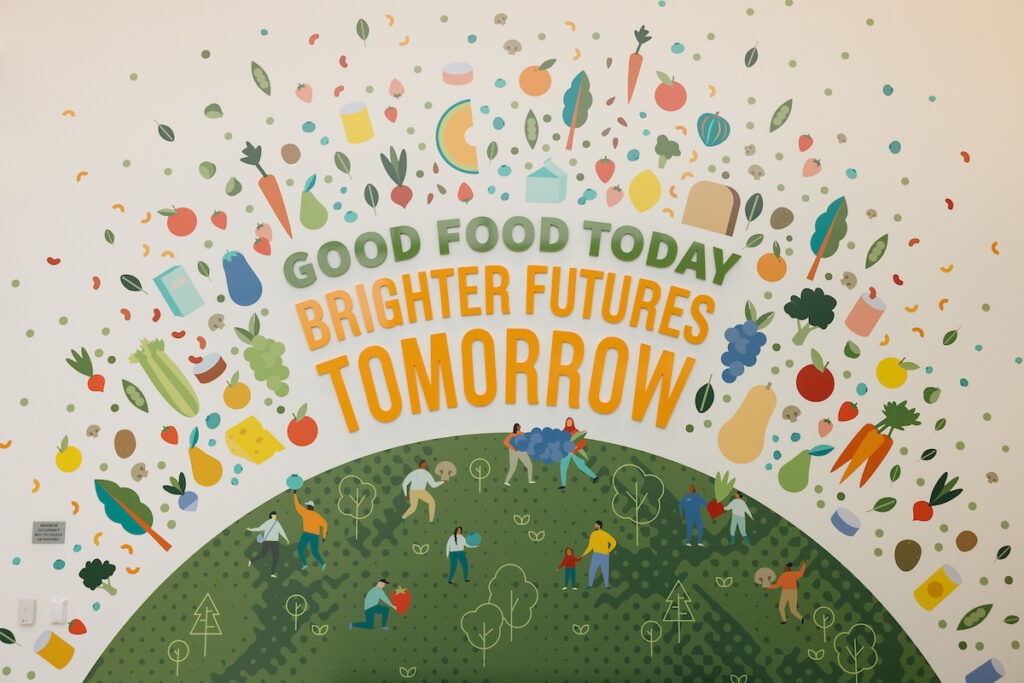
The Capital Area Food Bank turns forty-five and continues to provide innovative solutions to provide good food for today while creating brighter futures for tomorrow.


